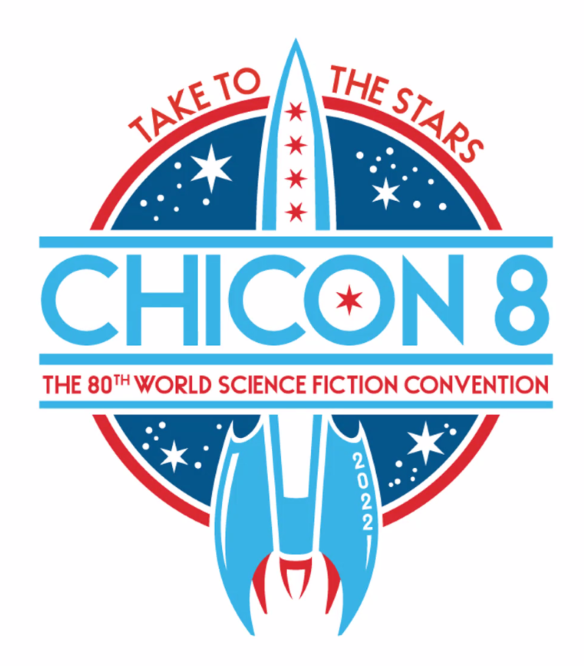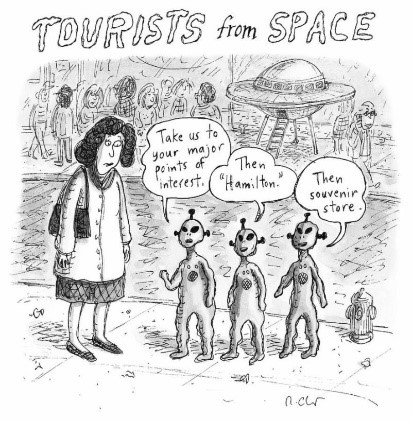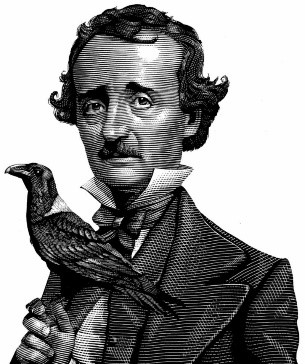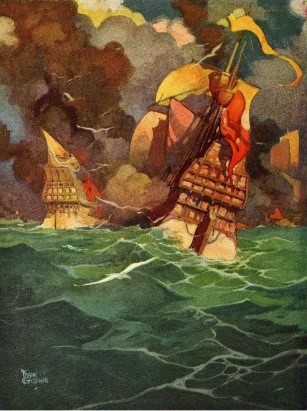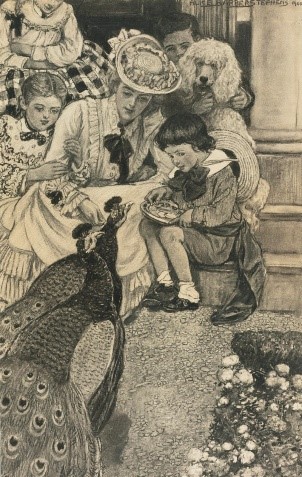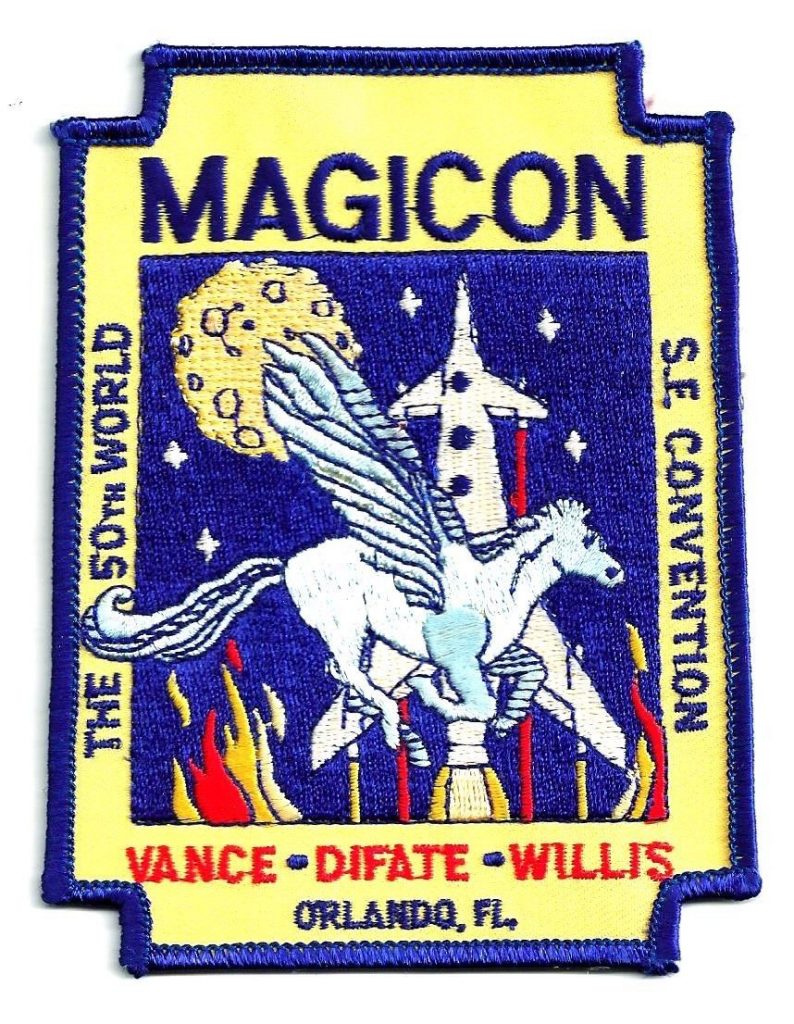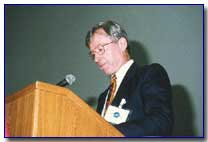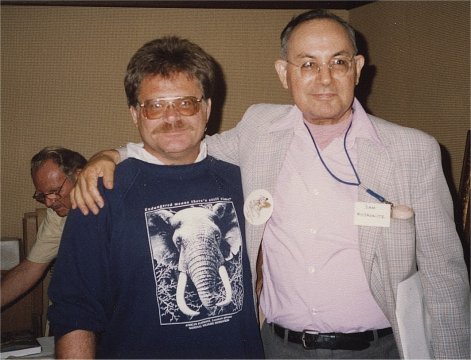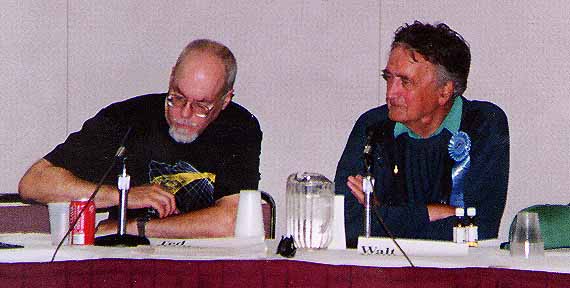(1) SUBSTACK MANAGEMENT CLAIMS THERE WILL BE ACTION. Casey Newton has told readers of his Substack newsletter Platformer that “Substack says it will remove Nazi publications from the platform”. Apparently that really isn’t so broad an outcome as it sounds — as Robin Anne Reid says in the “fixed that for you” title of her own piece, “Substack will remove [some] Nazi publications”.
Newton’s Platformer post says:
…The company will not change the text of its content policy, it says, and its new policy interpretation will not include proactively removing content related to neo-Nazis and far-right extremism. But Substack will continue to remove any material that includes “credible threats of physical harm,” it said.
In a statement, Substack’s co-founders told Platformer:
“If and when we become aware of other content that violates our guidelines, we will take appropriate action.
“Relatedly, we’ve heard your feedback about Substack’s content moderation approach, and we understand your concerns and those of some other writers on the platform. We sincerely regret how this controversy has affected writers on Substack.
“We appreciate the input from everyone. Writers are the backbone of Substack and we take this feedback very seriously. We are actively working on more reporting tools that can be used to flag content that potentially violates our guidelines, and we will continue working on tools for user moderation so Substack users can set and refine the terms of their own experience on the platform.”
Substack’s statement comes after weeks of controversy related to the company’s mostly laissez-faire approach to content moderation.…
McKenzie also wrote that “we don’t like Nazis either” and said Substack wished “no-one held those views.” But “we don’t think that censorship (including through demonetizing publications) makes the problem go away,” he wrote. “In fact, it makes it worse. We believe that supporting individual rights and civil liberties while subjecting ideas to open discourse is the best way to strip bad ideas of their power.”
The statement seemed to be at odds with Substack’s published content guidelines, which state that “Substack cannot be used to publish content or fund initiatives that incite violence based on protected classes.”
In its aftermath, several publications left the platform. Others, including Platformer, said they would leave if the company did not remove pro-Nazi publications.
Meanwhile, more than 100 other Substack writers, including prominent names like Bari Weiss and Richard Dawkins, signed a post from writer Elle Griffin calling on Substack to continue with its mostly hands-off approach to platform-level moderation….
(2) 3 BODY PROBLEM. Netflix dropped the 3 Body Problem official trailer today. The series begins streaming on March 21.
From multiple Emmy Award-winning creators David Benioff and D.B. Weiss (Game of Thrones), and Emmy-nominated Alexander Woo (The Terror: Infamy, True Blood) comes 3 Body Problem, a thrilling story that redefines sci-fi drama with its layered mysteries and genre-bending high stakes. Based on the acclaimed, international bestselling book trilogy, The Three-Body Problem. A young woman’s fateful decision in 1960s China reverberates across space and time to a group of brilliant scientists in the present day. As the laws of nature unravel before their eyes five former colleagues reunite to confront the greatest threat in humanity’s history.
(3) A CAREER REIGNITED. Vincent DiFate shared the distilled wisdom gained from years as a working artist with Facebook readers:
I’ll second what Bill and David [Passalaqua] had to say about life as a working illustrator, but for me this is, I believe, my 57th year at it. I lost my love for making art almost from the moment my freelance career began–long hours creating art and solving the visual problems for sometimes truly unreadable and non-visual novels (mercifully few of them, though), dealing with editors and art directors with no feel for the SF genre or any visual acumen to speak of; and then there was always the letdown of seeing the personally unsatisfying results of my efforts. But after years of feeling unfulfilled I entered Murray Tinkelman’s graduate program at Syracuse University. I’d been teaching in. the program along such luminaries of the field as Chris Payne, Dave Pasalaqua and, of course, Murray himself, who was my best friend, and I saw how transformative the program could be.
On my first day in Dave Pasalaqua’s drawing class Dave came up to me and he said, Vin, you’ve got the best eye of anyone I’ve ever taught, but you’ve forgotten one thing–you’ve forgotten that making art is supposed to be fun. It was like being struck by lightning. In that moment, with that revelation, it brought me back to the memories of the days when I was a kid and couldn’t wait to get home to pick up the brush and start making art again. Dave’s sage remark was spoken to me some 25 years ago.
The down side is that I’ll never be as good an artist as I’d like to be, but now I look at every commission as a new opportunity to try and meet that goal. And I’ve learned to forgive myself for not being perfect.
(4) TOR.COM WILL REBRAND. “Tor.com To Become Reactor, Debut New Site, On January 23rd” the online magazine has announced. And Reactor’s redesigned website will be at this URL: www.reactormag.com on January 23.
Since its founding in 2008, Tor.com has become a leader in coverage of science fiction and fantasy books and popular culture, with over 3 million visits per month. As an online magazine, Tor.com has won countless awards and has been the Locus Award winner for Best Magazine for 7 years running. In addition to its coverage of all things SFF, the site is also home to an award-winning short fiction program, which has published works by Seanan McGuire, E. Lily Yu, N.K. Jemisin, and scores of first-time authors, and which have gone on to win several Hugo Awards, Nebula Awards, and World Fantasy Awards.
The site has been publisher agnostic since its founding, and the new name will reflect its independence from Tor Publishing Group. The short fiction program will continue under the Reactor name, and in addition to the daily commentary on science fiction, fantasy, and related subjects that readers have come to expect, the site will also now cover all aspects of genre, including horror, romance and and more, from a wide range of writers from all corners of the genre world, creating a true pop culture destination.…

(5) BABY YODA, BIGGER THAN EVER. Grogu is getting a movie: “’The Mandalorian & Grogu’ Star Wars Movie Coming From Jon Favreau” reports Variety.
Baby Yoda is headed to the big screen.
Jon Favreau is directing a new “Star Wars” movie, titled “The Mandalorian & Grogu.” It will go into production later this year.
Favreau created the Disney+ series “The Mandalorian,” which follows a helmet-wearing bounty hunter (played by Pedro Pascal) who starts the show on the run to protect a young, adorable alien named Grogu, better known by fans as Baby Yoda. It is unclear where the upcoming film will fit into the timeline of the live-action series, which has aired three seasons and is currently in development on the fourth….
(6) TRACY TORMÉ (1959-2024). TV and film writer Tracy Tormé, son of singer Mel Tormé, died January 4 at the age of 64. The Hollywood Reporter notes he co-created the 1990s series Sliders and was hand-picked by Gene Roddenberry to serve as the head writer on Star Trek: The Next Generation.
…Tormé also was a writer on Saturday Night Live during its eighth season (1982-83); wrote and produced with Travis Walton the fantasy drama film Fire in the Sky (1993), starring D.B. Sweeney and Robert Patrick; and was a consultant on the acclaimed Robert Zemeckis sci-fi drama Contact (1997)….
On the first two seasons (1987-89) of Star Trek: The Next Generation, Tormé wrote the episode “The Big Goodbye,” which went on to receive a Peabody Award — the only episode of any Star Trek series to win one of those — and was instrumental in the use of the Holodeck as the show’s centerpiece. He also served as an executive story editor and creative consultant before departing.
Sliders, which starred Jerry O’Connell, John Rhys-Davies and Cleavant Derricks, revolved around a group of characters who travel (or “slide”) between different Earths in parallel universes. The series, which Tormé created with Robert K. Weiss, ran for five seasons from 1995-2000 on Fox and the Sci-Fi Channel. (He left amid creative differences with network executives during the third season.)…
Tormé also was a writer for the rebooted The Outer Limits in 1998-2002; a writer and producer on the 1992 CBS sci-fi miniseries Intruders, the 2002-04 Showtime sci-fi series Odyssey 5 and the mythological 2003-05 HBO series Carnivàle; and a producer on the 2020 documentary The Phenomenon.
Plus, he wrote the screenplay for Spellbinder (1988), starring Tim Daly and Kelly Preston….
(7) TODAY’S BIRTHDAY.
[Written by Cat Eldridge.]
Born January 9, 1931 — Algis Budrys. (Died 2008.) I usually can’t remember the cover art for a novel I read some fifty years ago but I remember that for Rogue Moon (1960) by Algis Budrys. It was the Equinox / Avon edition of 1974 with the cover illustration by William Maughan I picked up on some newsstand in those days when newsstands still existed and they had SF novels to purchase along with comics and zines such as Amazing and If. I’ll get nostalgic later…
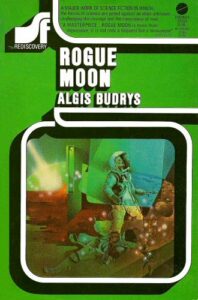
It was the first work I read by him. It was quite good. I see it was nominated for a Hugo at Seacon, the year A Canticle for Leibowitz won. It was by no means his first publication as that goes to “The High Purpose” which been printed in Astounding in 1952, the year he started as editor and manager for such publishers as Gnome Press and Galaxy Science Fiction.
Between 1965 and 1961, he had two short stories, a novelette and two novels nominated for Hugos. None would win.
I’ve read three of his novels in total, the others being Some Will Not Die and Who? Both of them were well worth my reading time as well. I caution that I’ve not re-read any of these in thirty years so I don’t how well the Suck Fairy would react to them now.
He was extremely prolific with his writing of short stories, penning well over a hundred. I’ve read enough of them to say he had a deft hand at this story length. So after the early Sixties, he wrote far less fiction and worked in publishing, editing, and advertising to make a much better living. He edited morrow Speculative Fiction magazine from 1993 to 2000. It was nominated for a Hugo at ConAdian and the next year at Intersection. Alas he did not win.
He’s best known I think for his F&SF book columns that ran for almost forty years starting in 1975. I know that I looked forward to them immensely. They’re collected in Benchmarks Continued, Benchmarks Revisited and Benchmarks Concluded. There’s also Benchmarks: Galaxy Bookshelf which collects his columns there.
And let’s not overlook A Budrys Miscellany: Occasional Writing 1954-2000 which collects some of his fanzine writings.
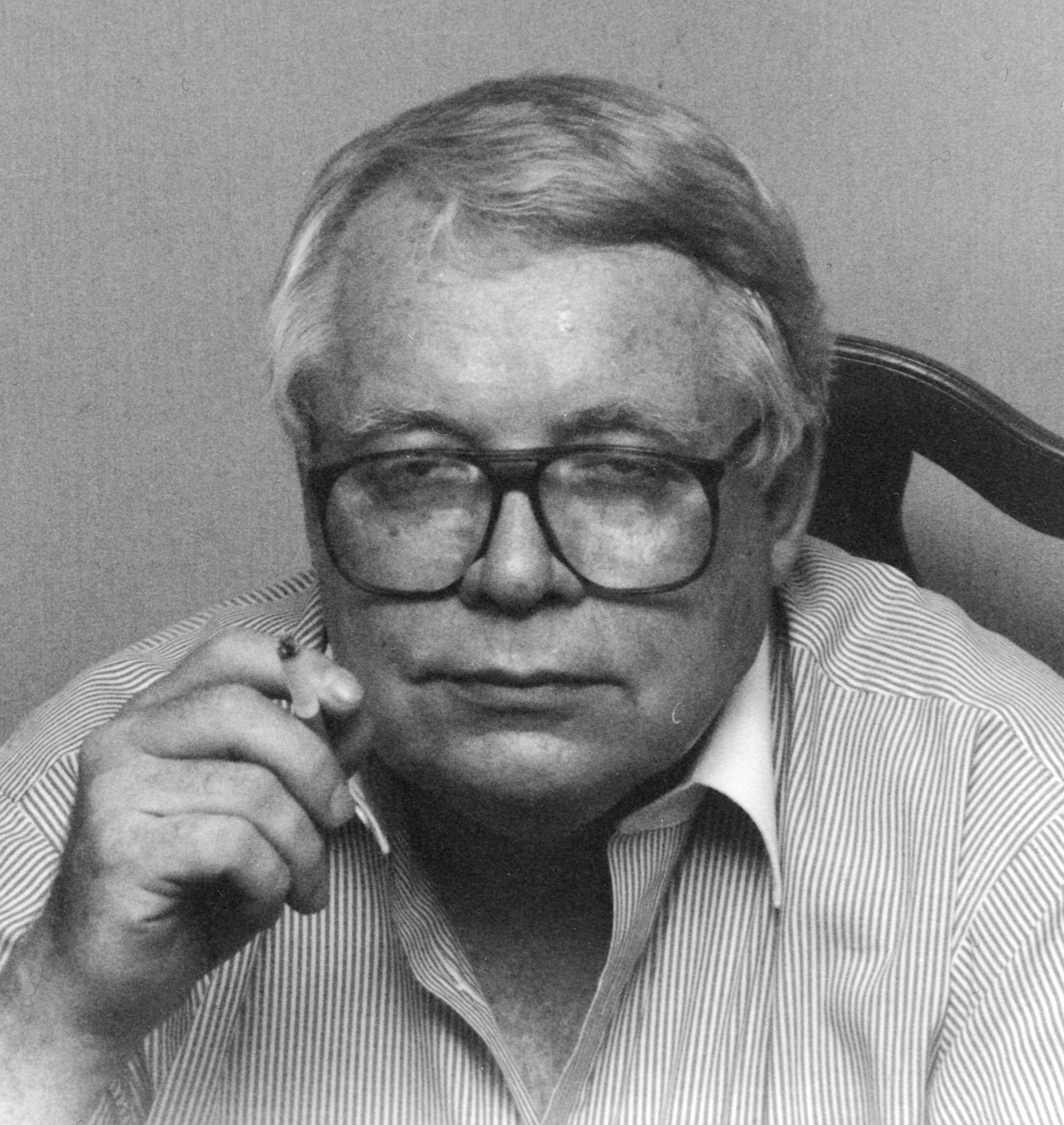
(8) HAUL DOWN THE FLAG. This ship is headed for mothballs says Variety: “’Our Flag Means Death’ Canceled After Two Seasons at Max”.
“Our Flag Means Death” has been canceled at Max.
The pirate comedy aired two seasons at the streamer. The series originally debuted in March 2022, with the second season launching in October 2023….
…The series is said to be very loosely based on the real adventures of 18th century pirate Stede Bonnet, played by Darby. The Season 2 logline reads, “After trading the seemingly charmed life of a gentleman for one of a swashbuckling buccaneer, Stede became captain of the pirate ship Revenge. Struggling to earn the respect of his potentially mutinous crew, Stede’s fortunes changed after a fateful run-in with the infamous Captain Blackbeard (Taika Waititi). To their surprise, the wildly different Stede and Blackbeard found more than friendship on the high seas…they found love. Now, they have to survive it.”
(9) INTERPRETING ANCIENT SCULPTURE. Yes. Absolutely.
(10) ASTRA TV AWARDS. Variety brings us another slate of awards: “’The Boys,’ ‘Succession’ Land Most Honors at Astra TV Awards”. The winners of genre interest follow:
BROADCAST / NETWORK AWARDS
Best Actor in a Broadcast Network or Cable Drama Series: Pedro Pascal – The Last of Us (HBO)
Best Actor in a Broadcast Network or Cable Comedy Series: Utkarsh Ambudkar – Ghosts (CBS)
Best Supporting Actress in Broadcast Network or Cable Comedy Series: Danielle Pinnock – Ghosts (CBS)
Best Guest Actor in a Drama Series: Nick Offerman – The Last of Us (HBO)
Best Broadcast Network or Cable Animated Series or Television Movie: South Park (Comedy Central)
Best Casting in a Comedy Series: Ghosts (CBS)
STREAMING PROGRAM AWARDS
Best Supporting Actress in a Streaming Comedy Series (Tie): Ayo Edebiri – The Bear (FX on Hulu) and Christina Ricci – Wednesday (Netflix)
Best Streaming Movie: Weird: The Al Yankovic Story (Roku)
Best Writing in a Streaming Limited Series or TV Movie: Weird: The Al Yankovic Story – Al Yankovic & Eric Appel (Roku)
Best Streaming Drama Series: The Boys (Prime Video)
Best Actor in a Streaming Drama Series: Antony Starr – The Boys (Prime Video)
Best Supporting Actor in a Streaming Drama Series: Jensen Ackles – The Boys (Prime Video)
Best Directing in a Streaming Drama Series: The Boys – Nelson Cragg, Herogasm (Prime Video)
Best Writing in a Streaming Drama Series: Star Trek: Picard – Terry Matalas, The Last Generation (Paramount+)
Best Streaming Animated Series or TV Movie: Attack on Titan (Crunchyroll)
Best Fantasy or Science Fiction Costumes: Wednesday (Netflix)
Best Stunts: The Boys (Prime Video)
Best Casting in a Drama Series: The Boys (Prime Video)
Best Casting in a Limited Series or TV Movie: Weird: The Al Yankovic Story (Roku)
(11) COME ON DOWN. [Item by Mike Kennedy.] Seeking more tourism, Lexington KY has done the equivalent of erecting a huge See Rock City sign on the highway. The highway to the TRAPPIST-1 star system, that is. “Scientists Have Formally Invited Aliens to Visit Kentucky” in Gizmodo.
The city of Lexington, Kentucky, appears so tired of being overlooked by humankind that it has sent a formal invitation to the next-best thing: alien life that may or may not exist in a nearby star system.
It’s a tourism stunt, but the message is very real. The invitation, beamed out last fall via infrared laser toward the TRAPPIST-1 star system, is a project by the Lexington tourism bureau (yeah, we’re sending ads to aliens now). According to VisitLEX, they worked with engineers, linguists, and the FAA to make it happen. The target star is 40 light-years from Earth, which means any extraterrestrials that are eager to visit the self-proclaimed Horse Capital of the World will know they are invited in 2063.
…We don’t know that any life, much less intelligent life, actually exists in the TRAPPIST-1 system. Last year, data from the Webb Space Telescope revealed that TRAPPIST-1b, one of the exoplanets orbiting TRAPPIST 1, has no atmosphere. Because life as we know it needs an atmosphere to survive, that all but confirmed there is no potential for life on TRAPPIST-1b. Webb followed up that discovery with the finding that there is also no atmosphere—or at most, a thin one—on planet TRAPPIST-1c. Luckily for the VisitLEX team, the TRAPPIST system has five other exoplanets that could theoretically host civilizations capable of interpreting their invitation….
(12) ON YOUR SCREENS. JustWatch has shared its December 2023 rankings for film and TV streaming. (Click for larger image.)
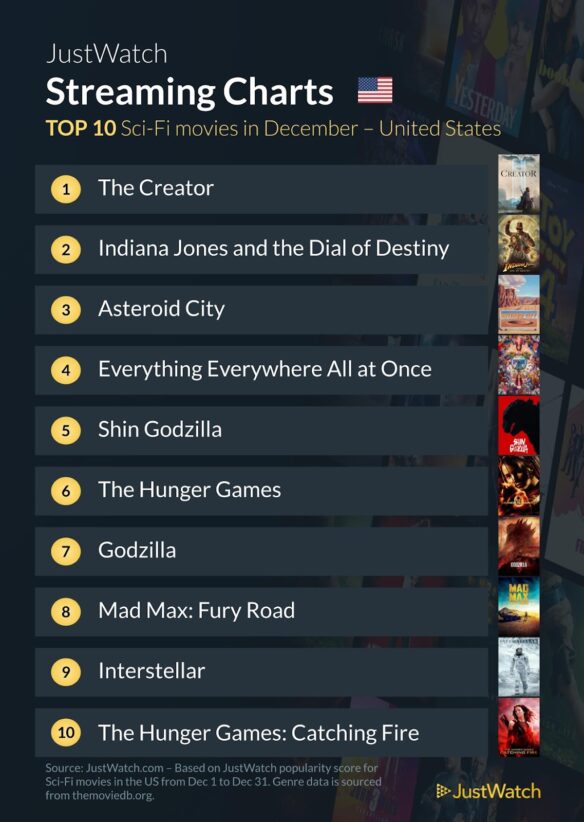

[Thanks to Mike Kennedy, Andrew Porter, John King Tarpinian, Chris Barkley, Cat Eldridge, SF Concatenation’s Jonathan Cowie, and Steven French for some of these stories. Title credit belongs to File 770 contributing editor of the day John A Arkansawyer.]

